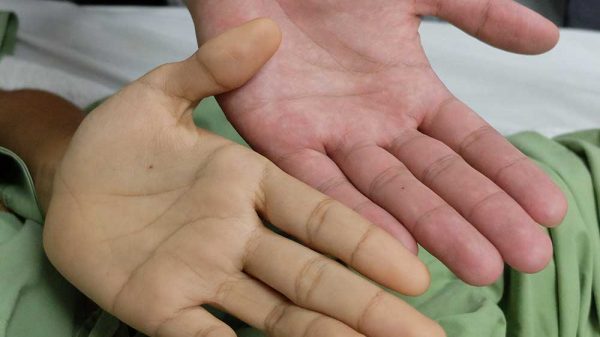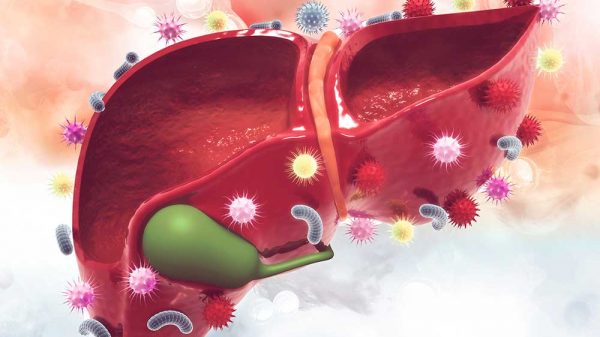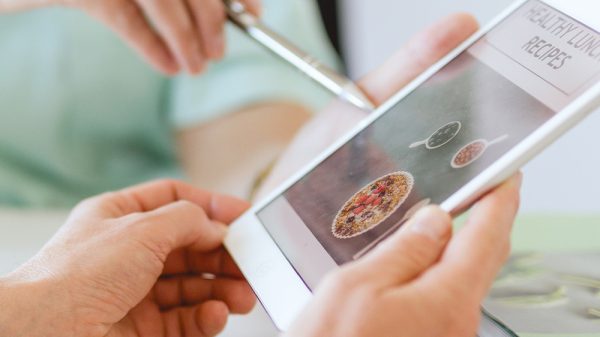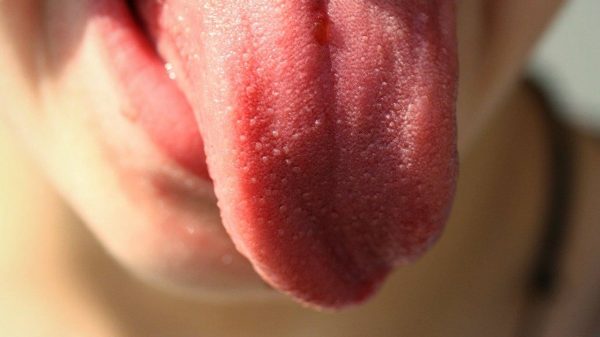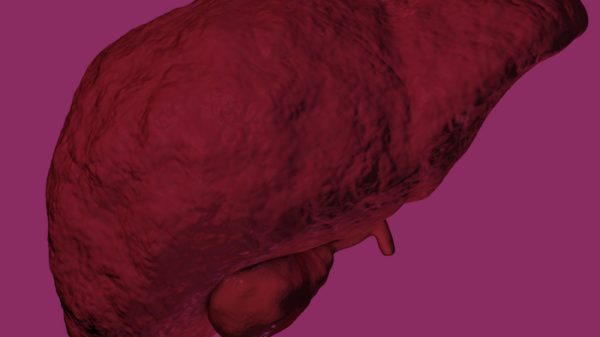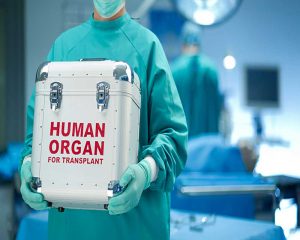Primary biliary cirrhosis vs. primary sclerosing cholangitis, what are the differences in their clinicopathologic features? Where does the confusion even stem from? The acronym for “primary biliary disease” is PBC while the acronym for “primary sclerosing cholangitis” is PSC. These acronyms are quite similar, and that sometimes confuses people. More so, they are both immune-related conditions that affect the bile ducts. They also share some common symptoms, including fatigue and itching. However, they are two distinct entities that are poles apart. The differences between them are very important. They both damage the liver in the long run, but the site where the damage occurs in PBC is different from the site where it occurs in PSC.
Primary Biliary Cirrhosis vs. Primary Sclerosing Cholangitis
Both PBC and PSC are inflammatory conditions, but they differ in so many ways. The differences are too many to overlook. We have mentioned a few earlier. Both PC and PSC may cause fibrosis in your liver, but their outlook and prognosis are different. They also differ significantly in the possibility of causing cancer.
Do you know that PBC and PSC are also different in the kinds of diseases they are associated with? Are you aware that they also respond to treatment plans differently? Do you know that they have different risks and complications too? Let’s check both of them closely.
1. Clinicopathologic Feature
When it comes to the clinical and pathologic features of PBC as compared to PBS, there is one very major difference. This is the defining line to know whether a person has PSC or PBC.
One major feature that doctors observe with PSC id that there will be fibrosis (or scar tissue) mainly affecting the medium-size and large-size bile ducts both inside and out of the liver.
PBC, on the other hand, affects mainly the small-size bile ducts that are within the liver. It usually does not affect the large-size bile ducts.
2. How these features affect diagnosis
In most PSC cases, an MRCP (a special kind of MRI scan) would be able to identify the fibrosis. This is usually sufficient enough to diagnose PSC. However, on rare occasions, the doctor may request a biopsy to confirm the diagnosis of PSC.
Because of the clinicopathologic features of PBC, bile ducts usually appear normal when they do MRI scans. Your doctor would need a special antibody test on your blood to identify and diagnose PBC. It is quite rare for doctors to request a liver biopsy to diagnose PBC.
3. Disease association
Most of the people who have PSC also have inflammatory bowel disease (for short, IBD). This includes Crohn’s disease and ulcerative colitis.
Those who have ulcerative colitis alongside PSC have an increased risk of colonic cancer. As such, doctors monitor them closely by doing a colonoscopy every year. More so, colitis is also associated with greater risks of severe liver damage and cancer of the bile duct (cholangiocarcinoma).
PBC, on the other hand, has no links with IBD, colon cancer, or cancer of the bile duct. But then, people with PBC may develop hepatocellular carcinoma (liver cancer) in the advanced stage of the disease. This can happen in anyone with cirrhosis, regardless of the cause.
Those who have PBC can sometimes develop dry eyes, (sicca syndrome), thyroid gland problems, or gluten-intolerance.
Other Differences between PSC and PBC
Aside from the major clinical and pathological differences PSC and PBC, there are a few other noteworthy differences. They are as follows:
Treatment and Cure
As of this moment, there is still no known treatment or cure for PSC. There is even no way to slow its progression. Experts are still working hard to find a solution, but there is none yet.
However, PBC can be treated and its progression can be slowed down. About two-thirds of those with PBC show improvements with UDCA (ursodeoxycholic acid). Doctors world over agree that UDCA improves the chances of survival and lower the risks of transplantation in those with PBC.
Treatment of symptoms and complications
Sometimes, people with PSC have symptoms like fever and abdominal pain. This may suggest that there is an infection in the bile ducts (bacterial cholangitis). You can treat the infection with antibiotics. However, PSC itself can neither be treated nor cured.
The typical symptom that those with PBC require treatment for is pruritus. There is a drug for this also. The name of the drug is cholestyramine. If you take this drug, you should wait for at least four 4 hours before you take any other drugs to avoid adverse drug interactions.
Another drug for pruritus is rifampicin. Those who don’t get better with cholestyramine are often given this as a second-line remedy.
Sometimes, however, people with PSC may also have pruritus. The same treatment plan applies if someone with PSC has pruritus.
Gender and age distribution
Both males and females can have PSC, and there is no age limit to its development. However, it is usually more common in people who are in their 40s. PBC has a very sharp contrast to this. More than 90 percent of those with PBC are females, any of which are in their middle age.
Conclusion
Their abbreviations and initial clinical presentations may seem similar. But then, PSC and PBC are two disease conditions that are poles apart. Their methods of diagnosis are different, they are linked with different diseases from one another, and they do not have the same treatment or follow-up plan.
There are already many breakthrough findings in treating and managing PBC. However, PSC seems to be a hard nut to crack for experts. They are still doing lots of research, hoping to eventually unlock the mystery behind this disease as well as how to treat and/or cure it.
Primary biliary cirrhosis vs. primary sclerosing cholangitis, what are the differences in their clinicopathologic features? We have given you a broad view of those differences in this article. You should, therefore, no more confusion about the two conditions. Meanwhile, if you suspect that you have either of these two conditions, you should visit your doctor for a proper diagnosis.
